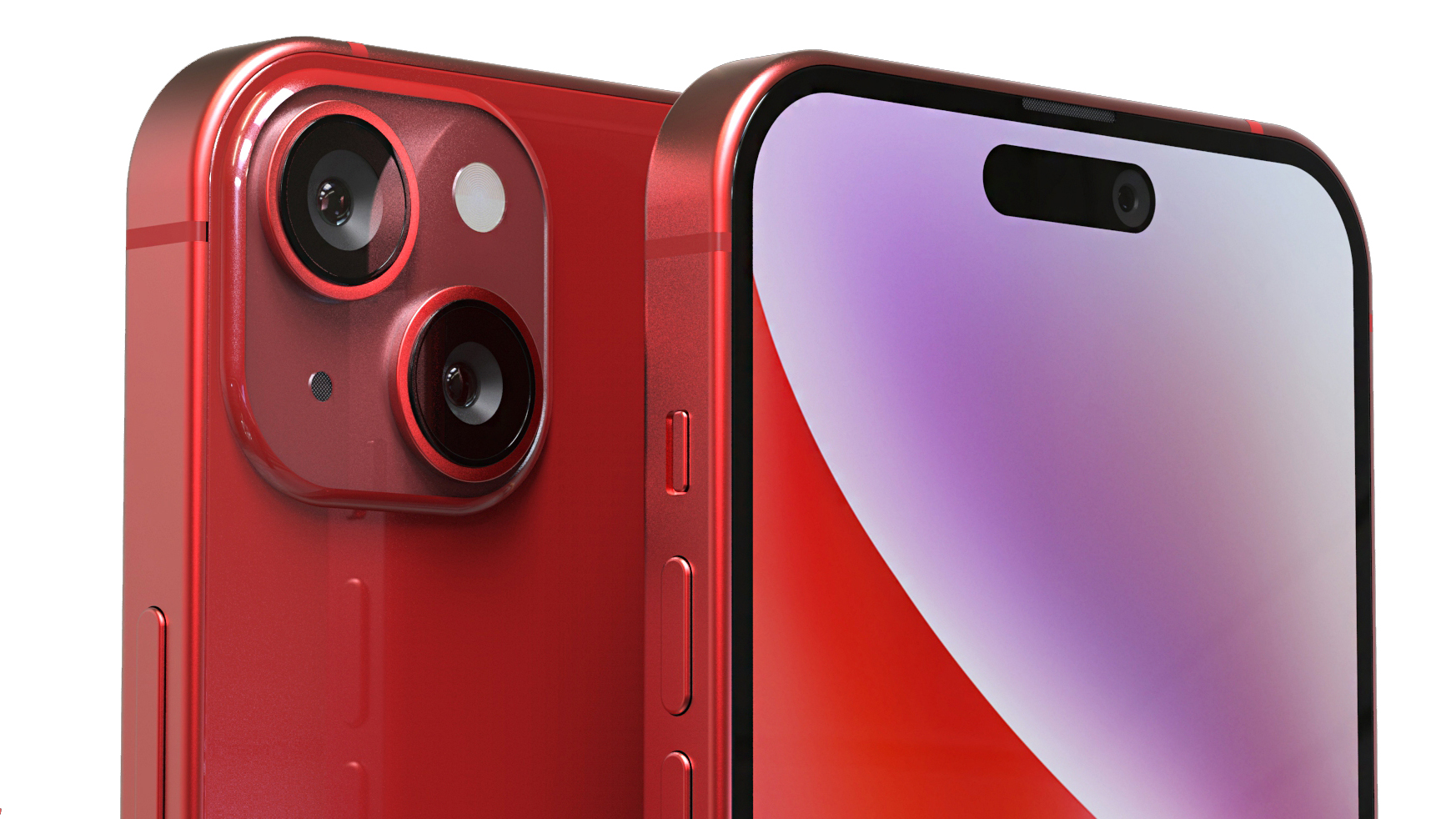
If you're a fan of the best phones and love seeing what new technology companies can cram into their handsets, you probably love the yearly release cycle that most manufacturers use. It makes it easy to know when a new product is going to be released, and creates hype for a new models just as the excitement for the old one starts to die down.
It's brilliant for onlookers and for companies – but less so for consumers. It can be tough to decipher between variants, particularly when the gap between generations is minimal.
Sometimes, that just leaves you with a slightly older, but still perfectly usable device. Other times, that can unnecessarily limit the lifespan of it. I've had first hand experience of this. A while back, I bought myself a fourth generation iPad Air. It had been out for a while, but was still more than capable of keeping up with what I needed it to do.
A few months later, the fifth generation iPad Air was released, complete with the shiny new M1 chip. It was annoying, but not a deal breaker, until new features started to be released exclusively for the M1-equipped iPad's. At that point, my device was less than one year old, but was already starting to move towards being outdated.
It's something we see all across the tech industry. Sure, older handsets are still usable, but they won't give you access to the latest features – those are reserved for the latest model. And that makes perfect sense for businesses, but it doesn't have to be that way.
Earlier this week, Carl Pei announced that the Nothing Phone (2) won't be released anytime soon, instead announcing that the company would be focusing on making the Nothing Phone (1) as good as it could possibly be. It's exactly the kind of left-field policy you'd expect from the tech industry disruptors, but I think they're onto something.
The majority of people only upgrade every two years at most, meaning each device reaches around 50% of its' potential market. If companies were to offer a device every two or more years, I could see more people being inclined to purchase each iteration. You'd likely see a bigger gap between the generations, which would encourage people to make the leap, too.
Get all the latest news, reviews, deals and buying guides on gorgeous tech, home and active products from the T3 experts
Companies could build up to large software and feature updates in the interim, to build excitement for a second wave of sales. In multi-tiered ranges, such as the iPhone 14 range, you could even stagger the different models. I'd personally like to see Apple continue both the Plus and Mini models of their phone on alternating cycles.
Is this likely to happen? I doubt it. But as the differences between generations of technological devices wanes further, I'd certainly champion any company brave enough to give it a go.

Sam is an award-winning journalist with over six years of experience across print and digital media. As T3’s Senior Staff Writer, Sam covers everything from new phones and EVs to luxury watches and fragrances. Working across a range of different social media platforms alongside his written work, Sam is a familiar face for fans of T3. When he’s not reviewing snazzy products or hunting for stellar deals, Sam enjoys football, analog photography and writing music.
